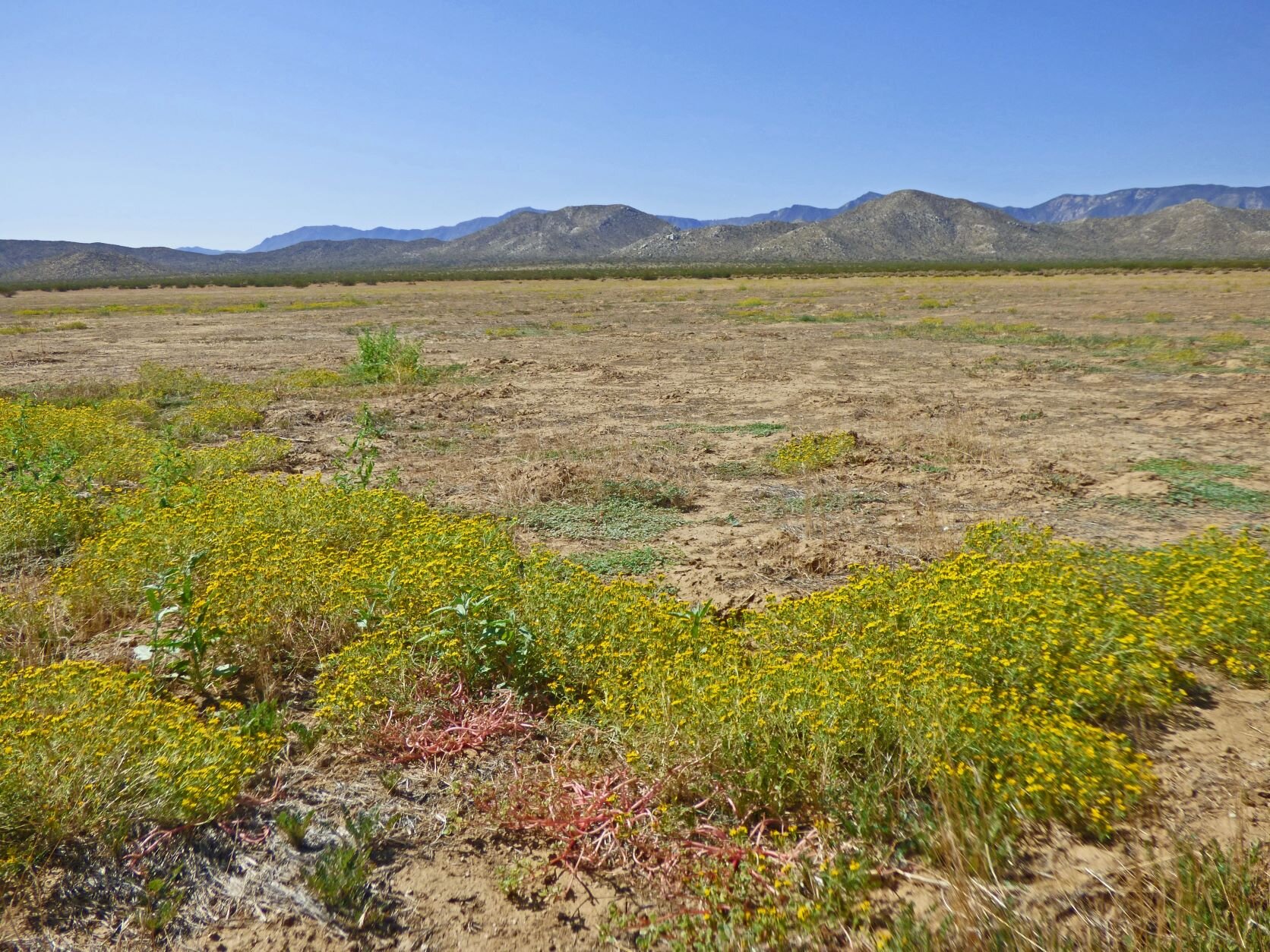Teresa Everett, California Native Gardening Specialty Presenter and Featured Gardener on the CNPS-SD Garden Tour 2018, will present “Gardening is for the Birds: Birdscaping Your Garden Using Native Plants” at 9:00am on September 14 at the full-day workshop:
The Resilient California Native Garden
Teresa, why should we plant native plants for birds?
Our California native flora have been coexisting and evolving with our native fauna for tens of thousands of years. Native vegetation provides the right food in the right packaging at the right time for our local birds. The food provided by plants can be in the form of tender flower petals and leaves, seeds, fruit, and nectar. Since these plants have co-evolved with our birds, they provide the most appropriate nutrition and a much greater selection and for the birds in your garden than non-native plants. Native plants are always better than bird feeders as bird feeders tend to be filled with “cheep” seed that is more equivalent to a meal at a fast food restaurant. Insects and spiders that are attracted to our native plants provide protein for our insectivorous feathered friends.
Native plants support a much greater array of insects than non-natives. This is particularly true of caterpillars which are a main source of food for baby birds. These foods are packaged for the birds in ways that have evolved to benefit both the plants and the birds. Nectar is stored in tubular flowers for hummingbirds and orioles. Insects can be found under bark for woodpeckers and nuthatches, in leaf galls for insect eating song birds, or simply crawling about snacking on leaves waiting for a hungry bird to snatch it up. Native plant based food can be found throughout the year with the largest quantity and quality available in the spring when breeding birds’ needs are the greatest. By maintaining a native landscape in your yard you can provide a “farm to table” supply chain at it’s best!
Can you give us an example of a relationship between a particular bird and a particular California native plant?
California fuchsia (Epilobium canum) are dependent on hummingbirds for pollination. Epilobium withholds spring blooming to reduce competition for the birds’ attention during the floriferous days of spring. Fuchsia flowers are very narrow and provide a perfect fit for the hummingbirds’ thin bills. Honeybees, carpenter bees and other larger pollinators are too large to fit into the deep flower tubes, leaving the nectar on the table for the hummers. However, as always in nature, there are some cheaters. There are several large pollinating insect species that will actually perch on the base of the floral tubes, pierce the flowers with their mouthparts and steal out the nectar without helping to pollinate the blossom. You can look for tiny holes at the base of your fuchsia blossoms to see evidence of these little sneaks.
Do you have a favorite California plant that you enjoy watching its relationship with birds in your garden or elsewhere?
I would have to say that our Coast Live Oaks (Quercus agrifolia) provide the best bird watching opportunities. We have sharp-shinned hawks using our oaks as ambush sites to sweep down on smaller birds in the garden. I particularly enjoy when the acorns are mature and the scrub jays make their boisterous visits to our yard. Their noisy acorn foraging reminds me of my childhood home in the Santa Monica Mountains. A more melodious visitor is the bushtit. Large flocks of bushtits will sweep into our oaks and glean insects and spiders while filling the tree with their constant twittering calls. Some years the bushtits will build their sock-like hanging nests and join the hummingbirds in raising their young in our oaks. Large or small, the live oaks attract them all!
Teresa Everett’s interest in California native plants developed while growing up in the canyons of the Santa Monica Mountains amid black walnut trees, live oaks, grey foxes, and scrub jays. She majored in Ecology, Behavior, and Evolution at UCSD and has worked as a National Park Ranger, a zookeeper at the San Diego Zoo and the Safari Park and in the Horticulture Department at the Park. Teresa spent several years as a sales rep and Native Plant Gardening Specialist at Moosa Creek Nursery. In her spare time, Teresa enjoys hiking, kayaking, photography, knitting, and of course, gardening!






